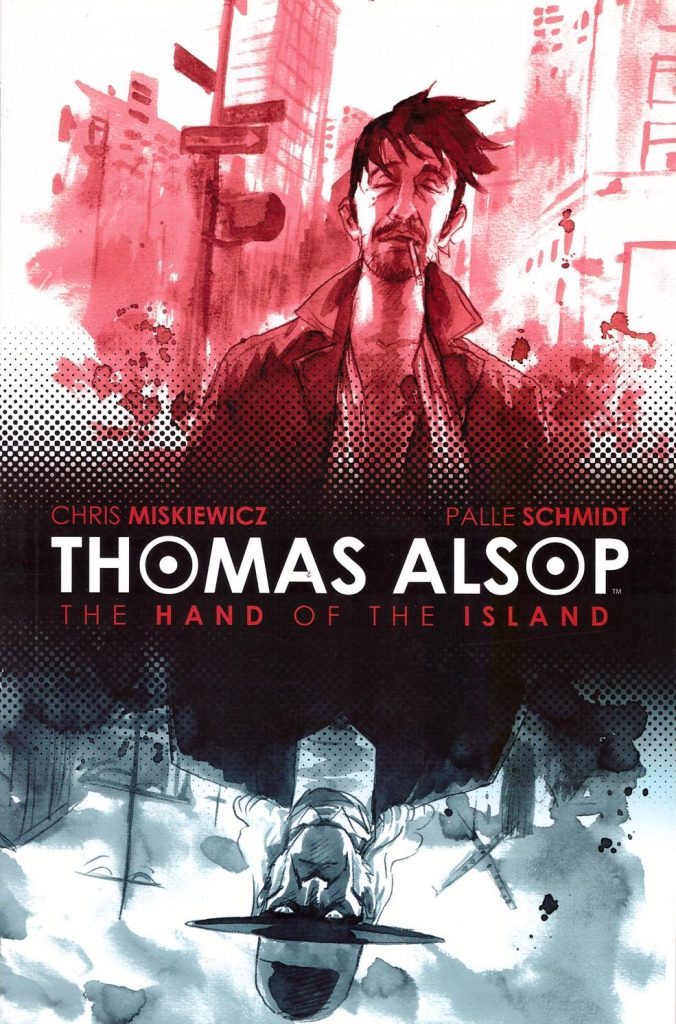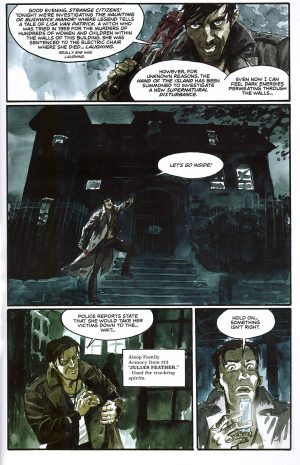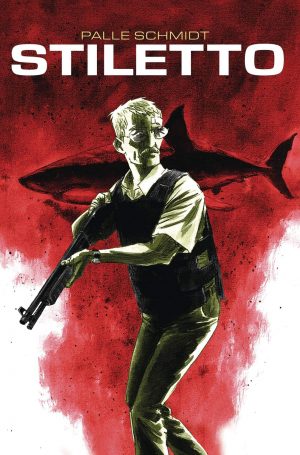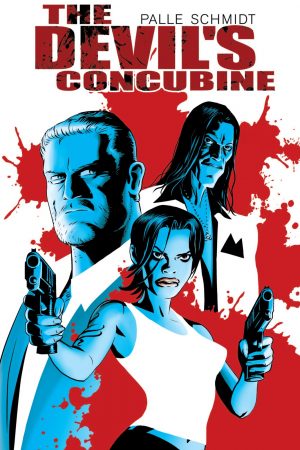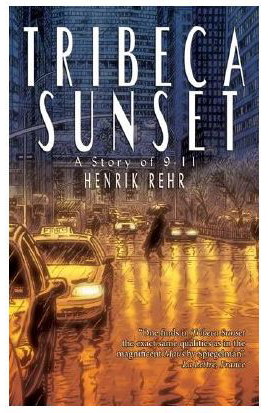Review by Frank Plowright
Since their ancestor was cursed in the late 17th century it’s fallen to the Alsop family to act as New York’s protector from the supernatural, a title referred to as the Hand of the Island. Thomas picked up the mantle in the 21st century, and Manhattan Island speaks within his head when danger is near, just as it has done to his ancestors. Thomas has parlayed that into a ghostpuncher style of TV show. Not everything in the past was dealt with entirely successfully, and when the rubble of the World Trade Centre is being cleared the remains of a ship are unearthed, and the past re-emerges. The cover can be reversed 180 degrees to indicate both eras developed.
Chris Miskiewicz creates a broadly likeable, if dissolute lead in Thomas Alsop, a would-be rock star before his current persona kicked in, and comes up with an equally credible background for the Alsop dynasty. Thomas uses devices they’ve created over the centuries, he can access a family library, and there are ways of communicating with his ancestors. This is needed because just as he’s bound to protect Manhattan, there’s an organisation known as the Black Ring persistent in achieving their own ends. Miskiewicz sweeps through assorted past eras, each glimpse back informing more of the present, the connections smart and relevant.
Palle Schmidt brings, Thomas, the past and Manhattan to life in appealing loose watercolours, carefully using a grey wash to construct the distant past. It sometimes results in a strange, distorted face for Thomas, but as Schmidt works in a slightly exaggerated style this isn’t anything other than a passing anomaly when the eye runs across the page. Thomas’ world is gloomy and fast moving, and Schmidt shows the horror of it all. The central horror is what might be a touchy subject as it ties into the events of September 11th 2001, yet from that Schmidt creates a magnificent page of art. It’s disturbing, as it should be, and memorable.
In his introduction Miskiewicz indicates his doubts about whether incorporating 9/11 into his story could be managed in any way that wouldn’t seem disrespectful, explaining it was the central pivot. That raises the larger questions of whether any event should be off limits to a storyteller, and if not how long beyond the event is a respectful distance? Would Miskiewicz be agonising about a World War II ghost story? Is incorporating someone who calls themselves a witch somehow disrespectful to the women burned during Salem’s witch trials? Liberal guilt is an easily acquired condition. That he thought about it all was a fair indication he wasn’t going to offend anyone other than the touchiest, and his use is novel and interesting.
It leaves the only disappointment about The Hand of the Island being that the story isn’t complete in these four chapters. The conclusion awaits in The 3000.
